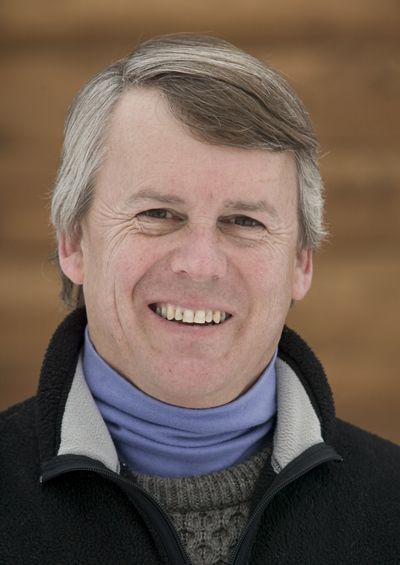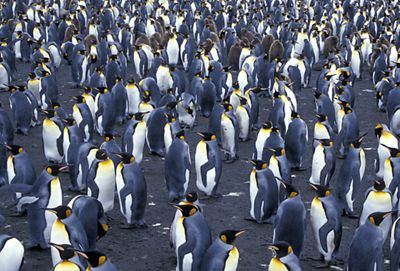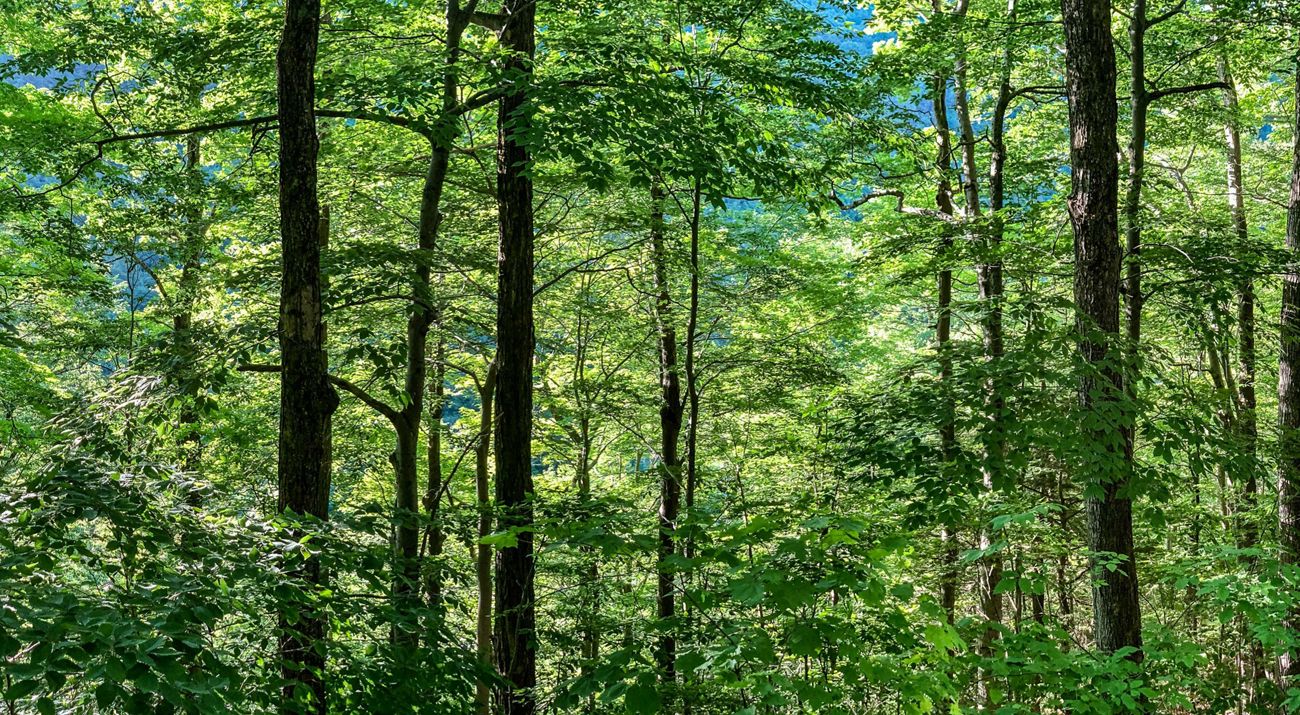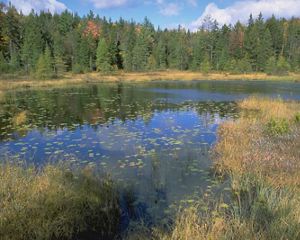Investing in Nature's Future
Donor David Middleton shares why he's been supporting our work for nearly 30 years.

David Middleton is a full-time professional outdoor photographer, teacher and writer. He has traveled across the world for his work, telling nature's stories through photography and books for over three decades. David is a gifted and enthusiastic teacher who truly enjoys sharing his experiences and expertise with people. He now lives on an old dairy farm in the mountains of Southern Vermont.
Where did your appreciation for nature originate?
Nature has always been a part of my life. Growing up, I was always climbing trees, exploring woods, filling my pockets with found treasures... you know, I was that kid outside doing stuff all the time, the “nature nerd.”
There was a doctor and his wife in my neighborhood who would take me and my brothers on weekly hikes. They were avid naturalists. When I was 12, he started pulling nature books from his study saying, “Read this.” I read through his entire library by the time I was 18.
One of those books North With The Spring, by Edwin Way Teale, followed the progression of Spring from Florida in January all the way up the coast to Maine’s later seasonal peak in June. I was enthralled by that story.
How has your relationship with nature shaped your character?
I can't remember when nature was not a defining element of who I am. Ever since my mid-20’s, I’ve earned my living by telling nature’s stories through words and photographs—I feel extremely lucky. My work has brought me all over the world, from walking on the beach with tens of thousands of penguins on South Georgia Island, to standing at the mouth of a Texas cave with millions of bats pouring out and feeling their wings brush over my head.

As I’ve shared these stories and grown professionally, I’ve become a better storyteller. In photography, you let the light guide you as you capture the subject. In writing, light brightens your narrative and illuminates the meaning of the story. That’s why I don’t use an outline, light is too unpredictable. I never know how the story will unfold. That’s what keeps it exciting for me.
You’ve been a supporter of TNC since 1994—what first inspired you to become a member, and what has sustained your loyalty?
The Nature Conservancy protects the landscapes of my memories and life’s work. At TNC, you not only protect nature’s special places, but you invite people in by saying “Our protected land is here for you to visit, to better understand, to connect with nature.” The forest at your preserve is always going to be a forest. You’re protecting nature on an international scale for future generations of people and wildlife. Supporting TNC’s conservation work is an investment in nature’s future. It’s just a smart investment.
As for loyalty? Once you have us, you keep us. Through our membership and support, we donors are affirming our “why.” It’s fulfilling knowing an international organization shares our values and beliefs.
You tell stories that bring your members illumination and wonder. Thrushes that call each twilight; migratory songbirds that flock to my woods each spring. These are the things that are meaningful to me, and the things that you protect.
What prompted you to write your latest feature on Blackburnian warblers?
In any good story, you have to include an element of yourself for your reader to be interested and engaged.
When I was about 18, sitting on this doctor’s porch, he described a bird song to me. An obscure little song, but I knew right away what it was: a Blackburnian warbler. And he complimented me, “You are quite the naturalist.” I remember that vividly, because it meant so much to get his approval. I read Teale’s North With The Spring about this time— 40 years later I put the two together.
Blackburnians are stunning, beautiful songbirds that migrate all the way from Ecuador, a special place to me. I recently realized that part of the warbler’s journey is part of my personal journey. All of a sudden the idea for my next story Journey Home just unfolded right in front of me. And I ran with it.


In your story about Blackburnian warblers, you mention birds seek refuge during their migratory flights. What is the significance of these stopover sites?
Migratory songbirds will fly through the night and then find a place to refuel for up to seven days before setting out on the next leg of their journey. They’ll do this many times each migration. These stopovers are critical. The biological productivity of these sites determines how long birds will spend refueling and resting at the site, in addition to level of protection from predators. If a stopover is degraded, the forest has been thinned or houses have been built, the bird will fly on with lower fitness to arrive late and stressed at its destination. This leads to the loss of the best nesting.
TNC strives to protect intact wildlife habitat across the globe. Why do you think it's important to have a connected and resilient landscape?
Like many birds, Blackburnian warblers are “niche trackers.” They winter, migrate through and nest in the same niche as much as possible. Although they don’t look similar, the high elevation forests in Ecuador and Colombia have a 74 percent overlap of niche parameters (temperature, tree density, etc.) with the forests here in Vermont. If these niches aren’t present along their migratory path, entire populations of birds are at risk. That’s why TNC’s work to protect large, intact pieces of land—like Glebe Mountain here in Vermont—is so important.
What advice would you give to the next generation of conservationists?
First thing: everything is connected. There’s no piece of land that’s in isolation. Not only is it directly connected to the parcel next to it, but it’s also connected to other places by weather, migration, and lots of natural processes. That’s the great thing about TNC—you work internationally. The birds that I love to see in my yard each Spring need the stopover sites that TNC protects, all the way up the East Coast and through Central America.
Second, conservation is not simply drawing a line on a map. The Nature Conservancy understands that you need to involve people locally, both as participants and supporters to effectively create a world where both people and nature thrive. Our lives depend on the resources that the natural world provides us, and we need to be involved in its protection. As our conservation community expands, our work becomes more widespread and effective. That’s how conservation grows.
Quote: David Middleton
Our lives depend on the resources that the natural world provides us, and we need to be involved in its protection.
Make a Difference in Vermont
When you donate today, you will help ensure a thriving natural environment for future generations of Vermonters.



